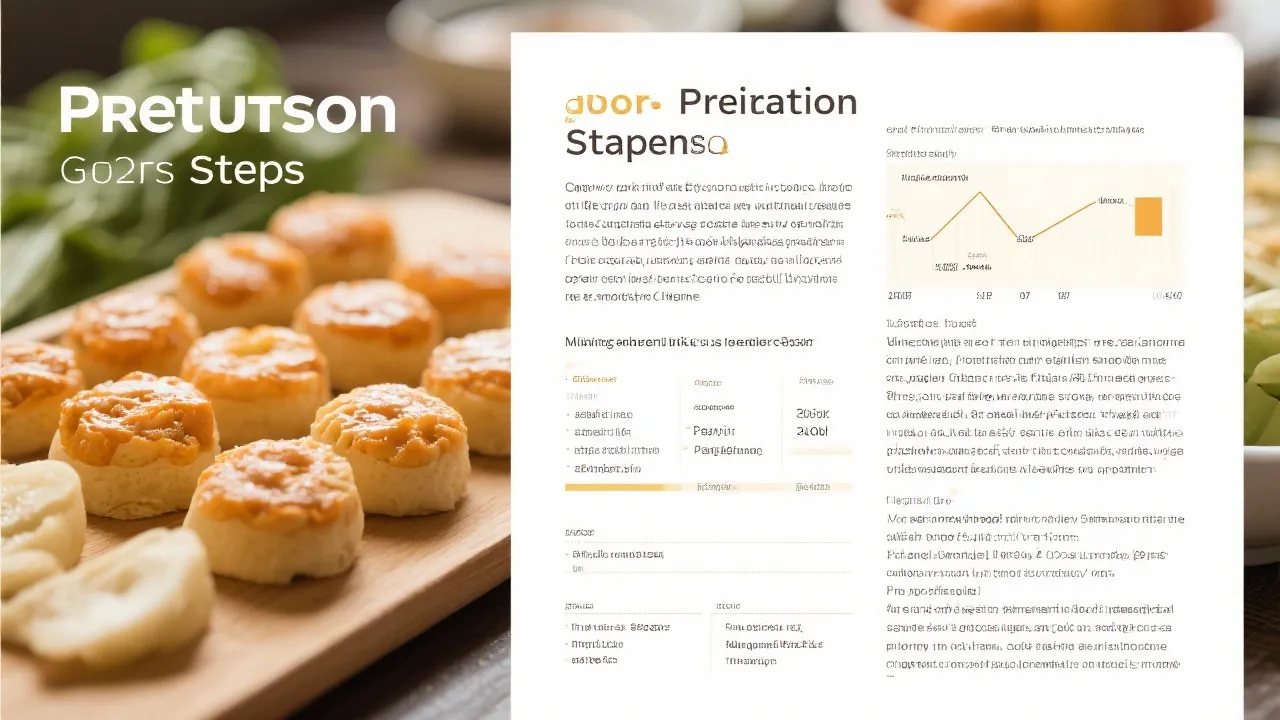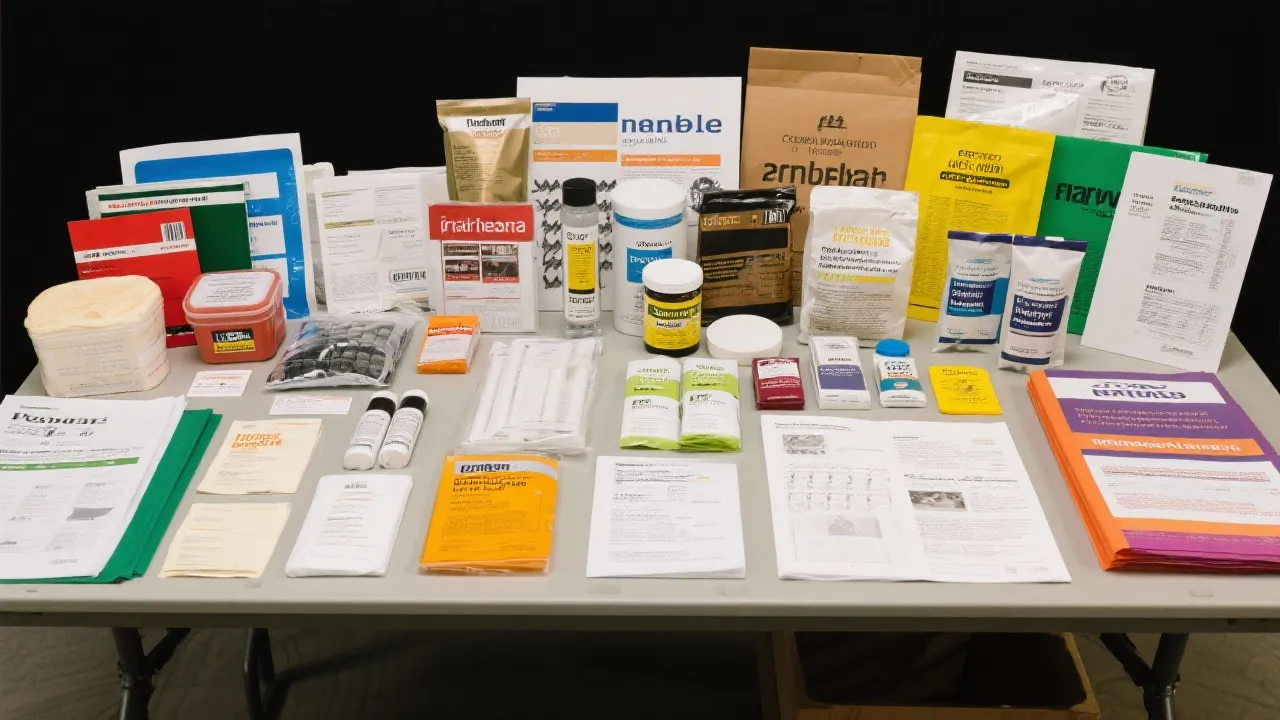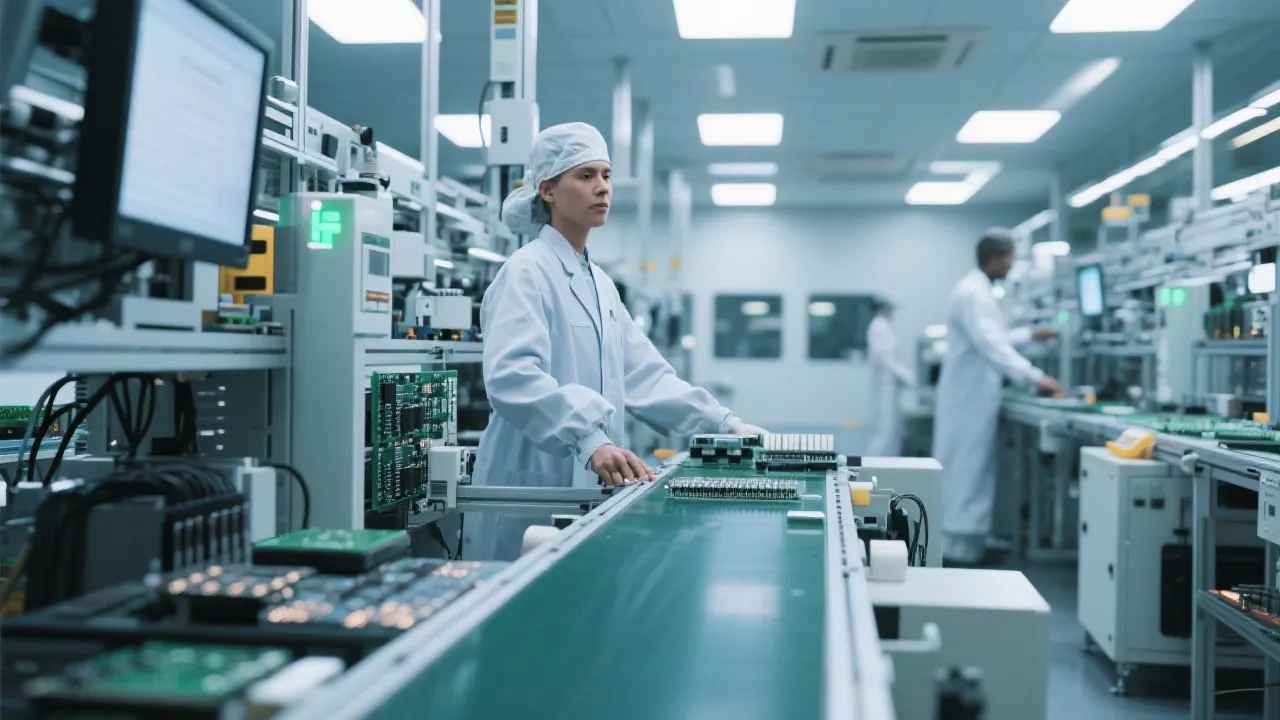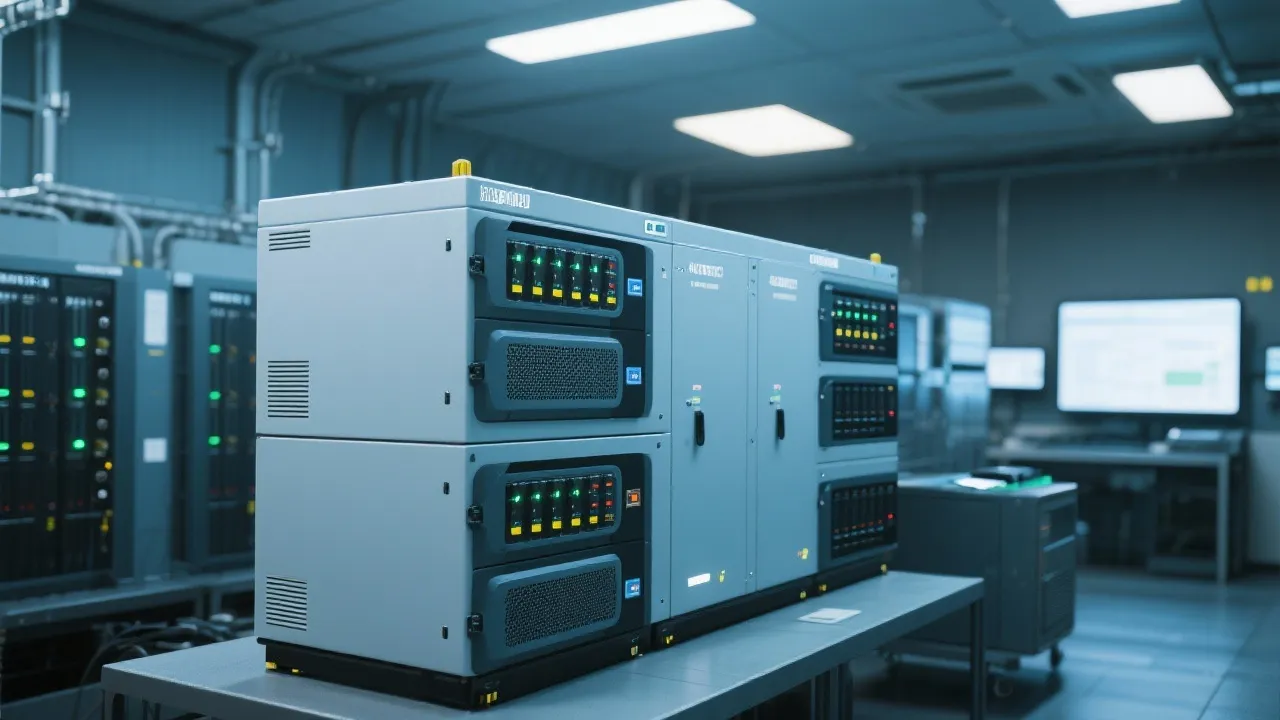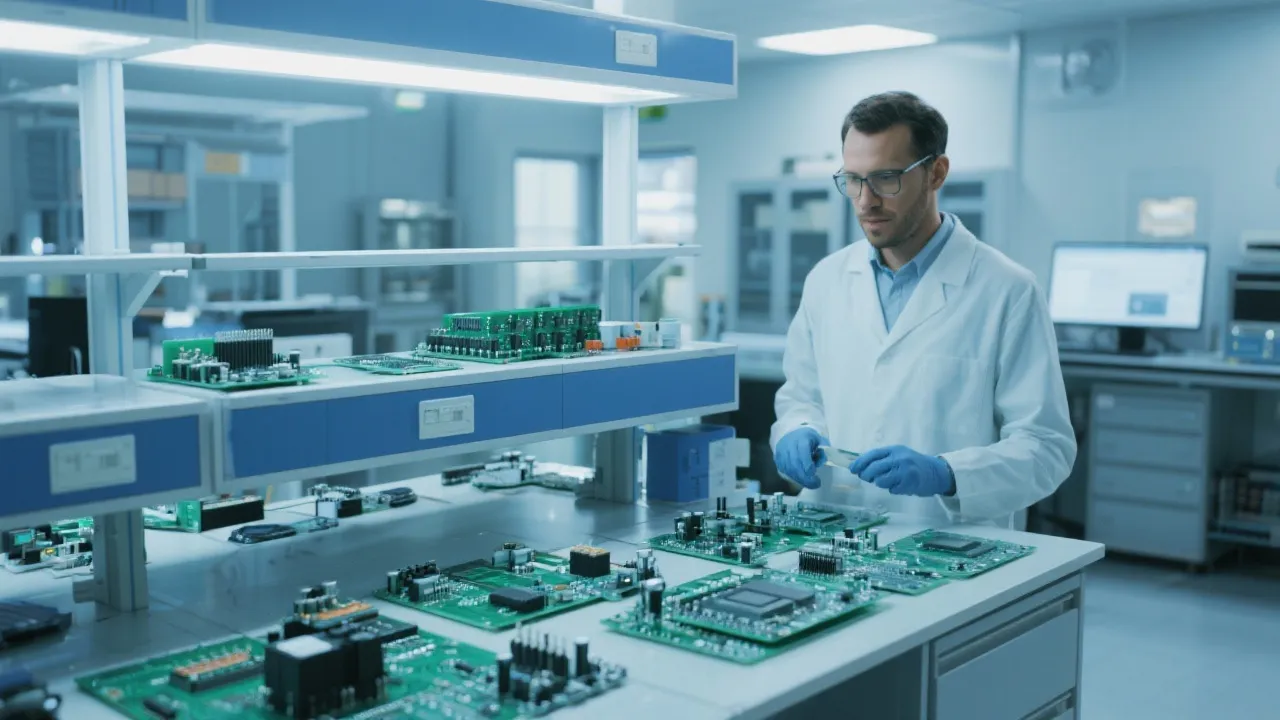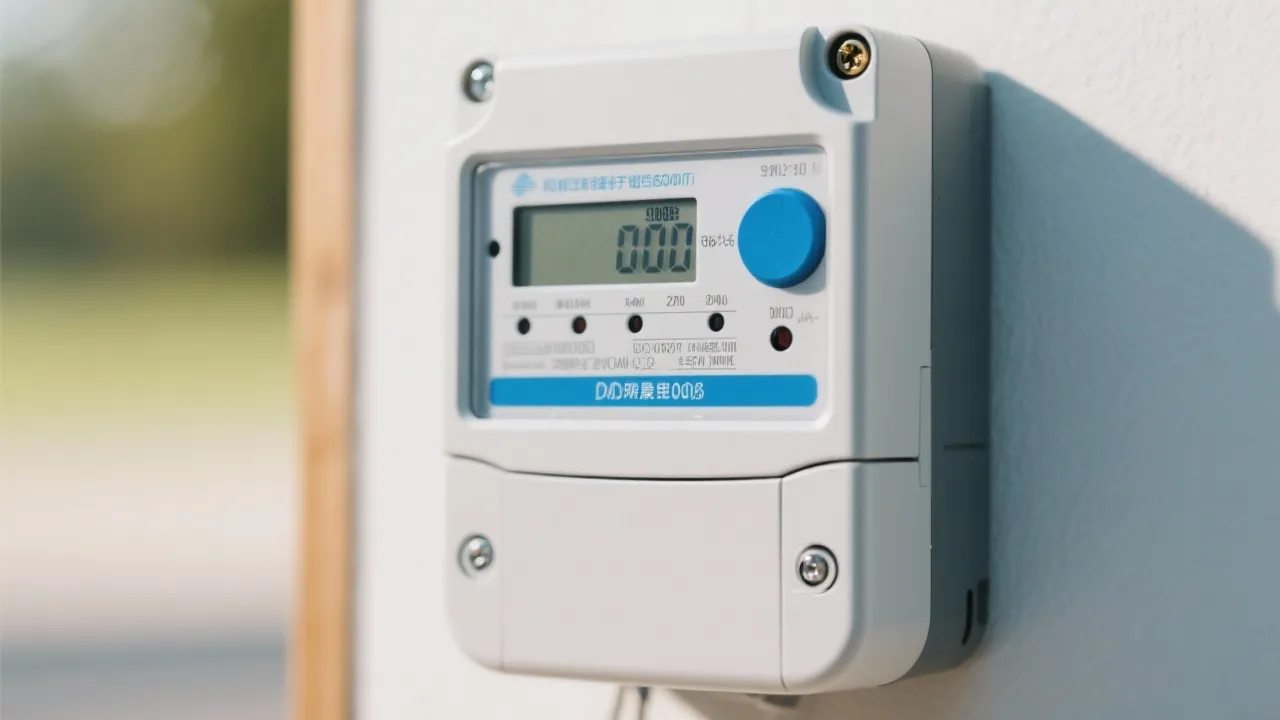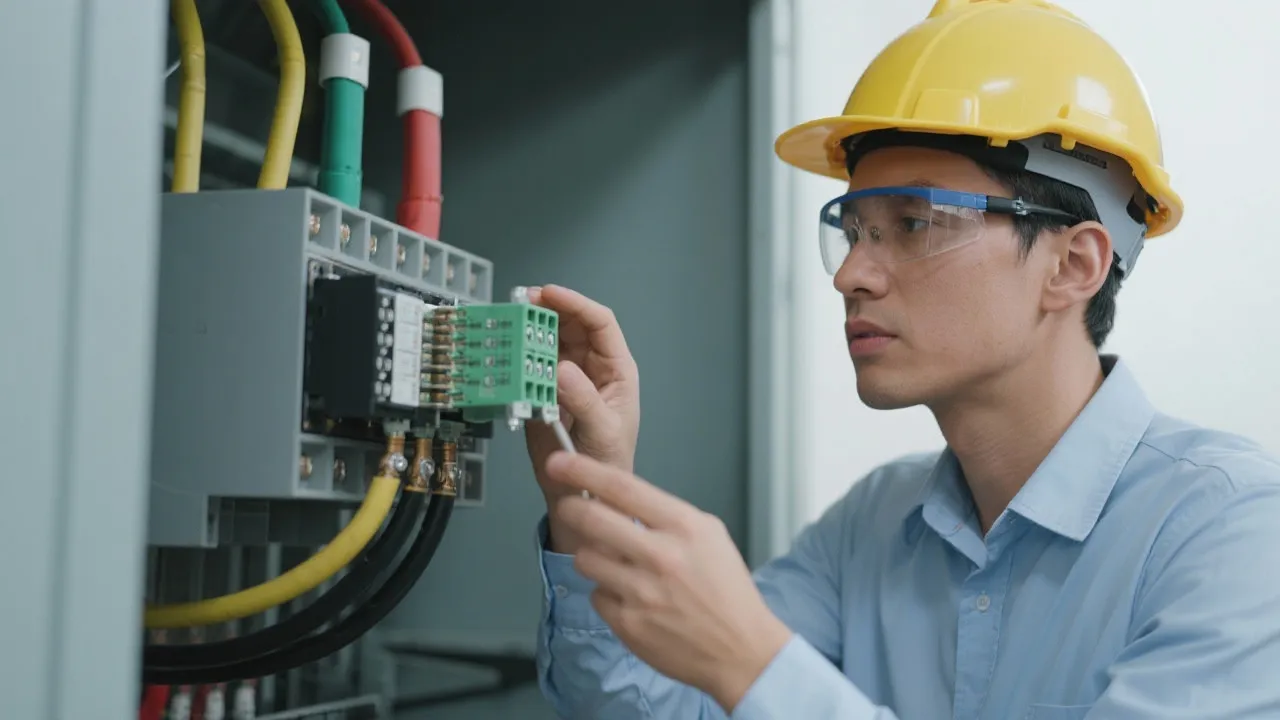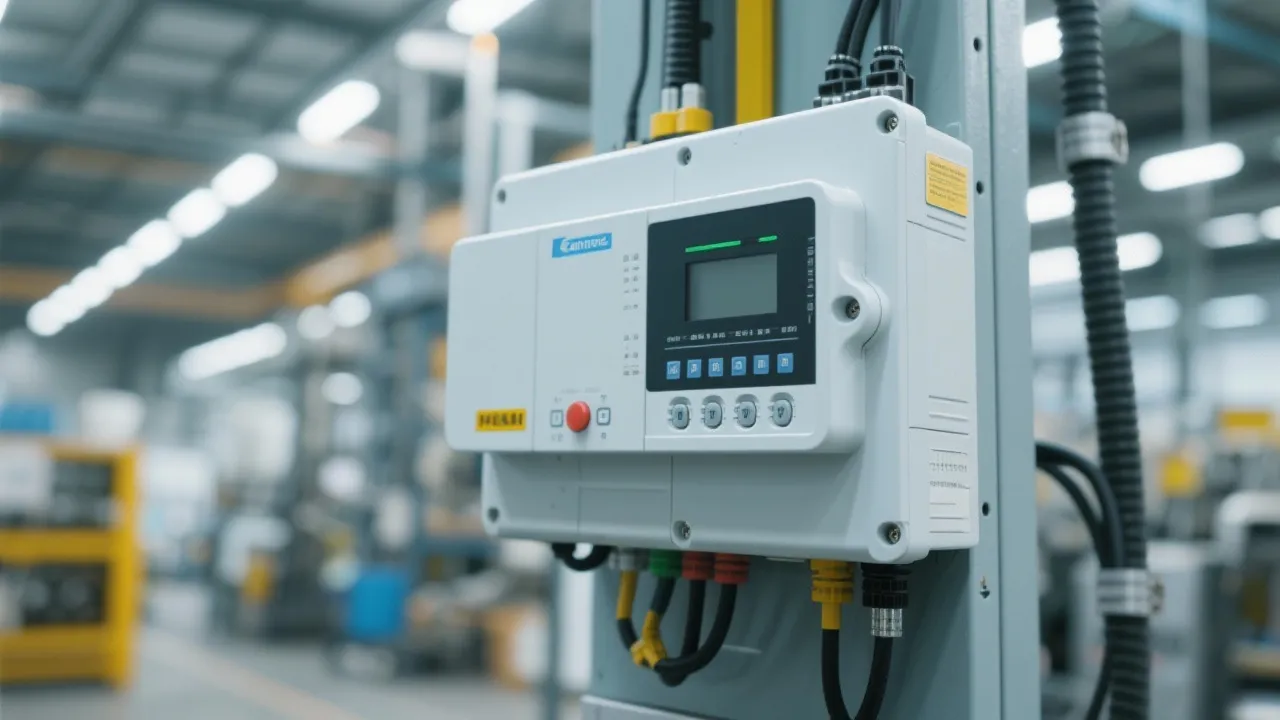Understanding the Capillary Viscometer
Capillary viscometers are essential tools in fluid dynamics, used to measure the viscosity of liquids through the time it takes for a fluid to pass through a capillary tube. Though simple in construction, these devices provide highly accurate data crucial for industrial applications, research, and quality control. Understanding their operation can enhance efficiency across various scientific fields.
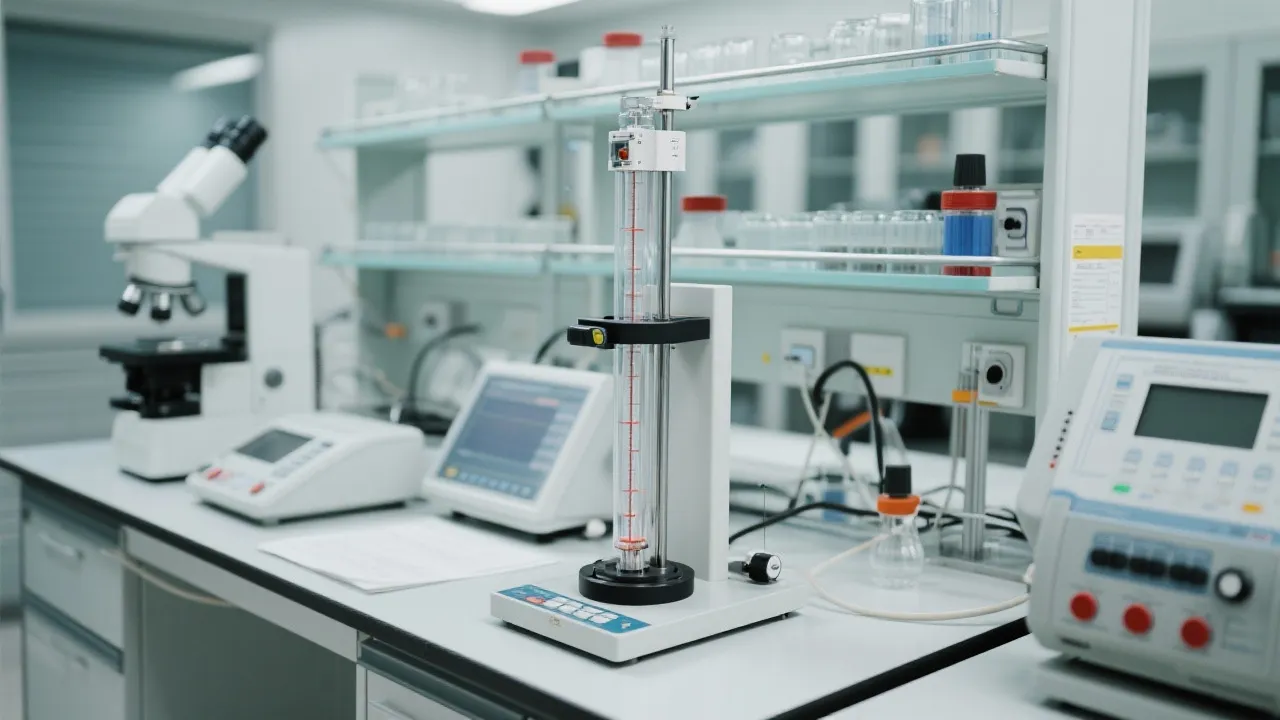
Introduction to Viscosity Measurement
The capillary viscometer stands out as a quintessential device in the realm of fluid dynamics. Employed to measure the viscosity of liquids, it utilizes a straightforward yet highly effective principle. Viscosity, a critical property of fluids, is defined as the measure of a fluid's resistance to flow. This guide delves into the intricacies of capillary viscometers, highlighting their role in both scientific research and industrial applications, and providing a comprehensive understanding of their operational principles and practical benefits. The significance of creating accurate measurements ensures that products meet quality standards, enhance performance, and satisfy regulatory requirements across diverse industries.
The Fundamental Mechanics of Capillary Viscometers
Characterized by their simplicity, capillary viscometers operate based on the principles of fluid dynamics. Essentially, these devices measure the time taken for a specific volume of liquid to flow through a thin capillary tube under the influence of gravity. The intricate relationship between flow time, tube dimensions, and fluid density forms the foundation for viscosity calculations. Each component plays a pivotal role in ensuring accurate readings, thereby allowing for consistent validation of liquid textures across various applications. The ease of operation, coupled with high accuracy, makes capillary viscometers an invaluable tool across numerous scientific domains, including chemistry, biology, and engineering.
Applications Across Various Industries
Industries spanning from pharmaceuticals to petrochemicals benefit significantly from the insights provided by capillary viscometry. For instance, in the food and beverage sector, ensuring the consistent viscosity of products such as syrups or sauces is critical for maintaining quality standards. Variations in viscosity can affect product stability, mouthfeel, and overall consumer experience. Similarly, in petrochemicals, precise viscosity measurements are essential for evaluating engine oils and lubricants, which must maintain consistent viscosity under various temperature conditions for optimal performance. Moreover, the cosmetics industry utilizes capillary viscometers to ensure the smooth application and spreadability of lotions and creams. The capillary viscometer’s ability to deliver precise, reliable data makes it a staple in laboratory settings worldwide, contributing to product safety and efficacy.
Technical Insights: How Capillary Viscometers Work
Understanding the technical workings of a capillary viscometer is key for maximizing its potential. These instruments generally involve a vertical glass tube with measurements marked for precision flow time tracking. As the liquid travels through the tube, the viscous resistance faced by the fluid is manifested in the time it takes to flow from one mark to another. The parameters critical for data accuracy include the tube's diameter, length, and the gravitational force acting upon the liquid. Each tube is calibrated for specific liquids, ensuring that the known dimensions can effectively translate flow time into viscosity values. Careful calibration against known standards is essential to mitigate potential errors and enhance data reliability. Advanced capillary viscometers may also incorporate electronic timers and temperature control systems to further enhance measurement accuracy.
Step-by-Step Guide to Using a Capillary Viscometer
| Step | Description |
|---|---|
| 1 | Select a suitable viscometer size based on fluid characteristics, considering both the viscosity range and the total volume of fluid available for testing. |
| 2 | Clean the viscometer thoroughly to prevent contamination. This may involve rinsing the tube with distilled water or the solvent used in the experiments, followed by drying. |
| 3 | Fill the viscometer with the test fluid up to the designated level, avoiding air bubbles that can affect flow time. |
| 4 | Allow the fluid to flow under gravity, timing the flow from the start mark to the end mark accurately using a stopwatch or electronic timing device. |
| 5 | Calculate the viscosity using the known tube constants and the recorded flow time, applying the appropriate formulas to derive the viscosity in units such as centipoise (cP). |
Challenges and Considerations
While capillary viscometers are renowned for their accuracy, certain challenges may arise during use. Factors such as temperature fluctuations can significantly influence viscosity, necessitating controlled temperature environments for precise measurements. Variations can lead to inconsistent results, thus influencing product quality. Furthermore, the choice of viscometer tube must be compatible with the fluid's viscosity range to avoid inaccurate readings and possible tube damage. Regular calibration and maintenance play pivotal roles in sustaining the instrument's integrity and ensuring measurement accuracy. Users should also be aware of the potential for meniscus errors and should take care to read the fluid level at the lowest point of the meniscus for more accurate timing assessments.
FAQs
What are the advantages of using a capillary viscometer?
Capillary viscometers are valued for their precision, simplicity, and cost-effectiveness, making them ideal for both research and industrial settings. Additionally, they don’t require extensive setup or complex operating procedures, making them accessible for various users.
Can capillary viscometers measure non-Newtonian fluids?
Yes, but with limitations. Non-Newtonian fluids require careful consideration of shear rates as their viscosity can change under different flow conditions, complicating standard measurements. Specific adaptations or alternative methods may be necessary to obtain accurate viscosity data for these complex materials.
How do I ensure accurate results with a capillary viscometer?
Ensure proper cleaning, calibration, and temperature control during measurements to maintain consistent accuracy. It is also crucial to record and account for environmental conditions such as ambient temperature and pressure, which can influence viscosity readings.
How does temperature affect viscosity measurements?
Temperature has a profound impact on the viscosity of liquids. Generally, as temperature increases, viscosity decreases, leading to faster flow through the capillary. This relationship should be well understood, and viscosity should be measured at specified temperatures for reliable comparisons.
Are there different types of capillary viscometers, and how do they differ?
Yes, there are several types of capillary viscometers, including U-tube, falling ball, and bubble viscometers. Each type operates on a similar fundamental principle of measuring fluid flow but may differ in their design, complexity, and suitability for specific fluid properties or viscosity ranges.
What maintenance is required for a capillary viscometer?
Routine maintenance includes cleaning the viscometer after each use, ensuring no residue remains that could influence future measurements. Regular inspection for cracks or damage to the glass tube is also necessary, along with recalibration according to the manufacturer's recommendations and local regulations.
Advanced Applications of Capillary Viscometry
Beyond the basic applications of capillary viscometry in industries like food, cosmetics, and lubricants, the technology has advanced to play critical roles in cutting-edge research fields. For example, in material science, capillary viscometers are used to study the viscosity of novel polymer solutions and to understand their flow behavior in various manufacturing processes. These insights can influence the development of new materials that exhibit desired properties for specific applications, such as lightweight composites used in aerospace engineering. Moreover, the advent of nanotechnology has led researchers to explore the viscosity of fluids containing nanoparticles, which can enhance material properties, including strength and thermal conductivity.
Emerging Trends in Viscosity Measurement
As industries evolve, so does the technology surrounding viscosity measurement. Emerging trends indicating the growing importance of real-time viscosity monitoring in industrial processes have gained momentum. Innovations such as inline viscometers allow continuous monitoring during production, improving quality control by detecting viscosity changes that may indicate material degradation or inconsistencies. Additionally, advances in automation and digital signal processing are leading to the development of smart viscometers that integrate with industrial control systems, offering enhanced data analytics and remote monitoring capabilities.
Comparative Analysis: Capillary vs. Other Viscometry Methods
When considering viscosity measurement techniques, it’s essential to compare capillary viscometers with other systems like rotational and oscillatory viscometers. While rotational viscometers provide versatility in measuring a broad range of viscosities and can assess both Newtonian and non-Newtonian fluids, they may have limitations in precision for certain low-viscosity samples. In contrast, capillary viscometers excel in providing accurate measurements for low to medium-viscosity liquids with minimal shearing effects. Oscillatory viscometers, on the other hand, are primarily used for non-Newtonian fluids by analyzing how they respond to shear deformation. Each type serves specific analytical needs, and the choice of viscometer depends on the properties of the fluids being tested, required measurement precision, and the intended application.
Case Studies: Success Stories Using Capillary Viscometry
Numerous case studies illustrate the practical benefits of capillary viscometers in real-world applications. One notable example is the use of capillary viscometry in the pharmaceutical industry for quality control in the formulation of liquid medications. Companies have reported substantial improvements in product consistency and efficacy following the implementation of stringent viscosity measurement protocols using capillary viscometers. Another case involves an automotive lubricant manufacturer that utilized capillary viscometry to refine its formulations, resulting in enhanced engine performance and reduced wear rates.
Additionally, capillary viscometers have played a vital role in research institutions that study complex fluid behaviors in exotic liquids under varying conditions, such as supercooled liquids and suspensions, leading to groundbreaking discoveries that challenge existing theories of fluid dynamics.
Sustainability and Eco-Friendly Practices in Viscosity Measurement
The increasing emphasis on sustainability within industrial practices also extends to viscosity measurement. Capillary viscometers, being generally more efficient and requiring smaller sample volumes than some alternative methods, contribute to reducing waste in analytical procedures. Furthermore, many companies are exploring the use of environmentally friendly cleaning solutions for maintaining viscometers, decreasing the ecological footprint associated with test preparation and cleanup. As industries pivot towards greener methodologies, the role of capillary viscometers in facilitating eco-friendly practices is set to become even more pronounced.
Conclusion
Capillary viscometers continue to be indispensable in measuring fluid viscosity with precision and efficiency. Their widespread applicability and ease of use ensure they remain a cornerstone of laboratory operations and quality assurance processes across many settings. By mastering their use and understanding the underlying principles, professionals can leverage their capabilities to enhance research outcomes and industrial processes significantly. The future of viscosity measurement will undoubtedly see innovations that expand the frontiers of methodology and application, driving advancements in science and technology. As industries and research environments increasingly rely on precise fluid measurements, capillary viscometers will remain a trusted ally in achieving superior results and meeting demanding standards.

